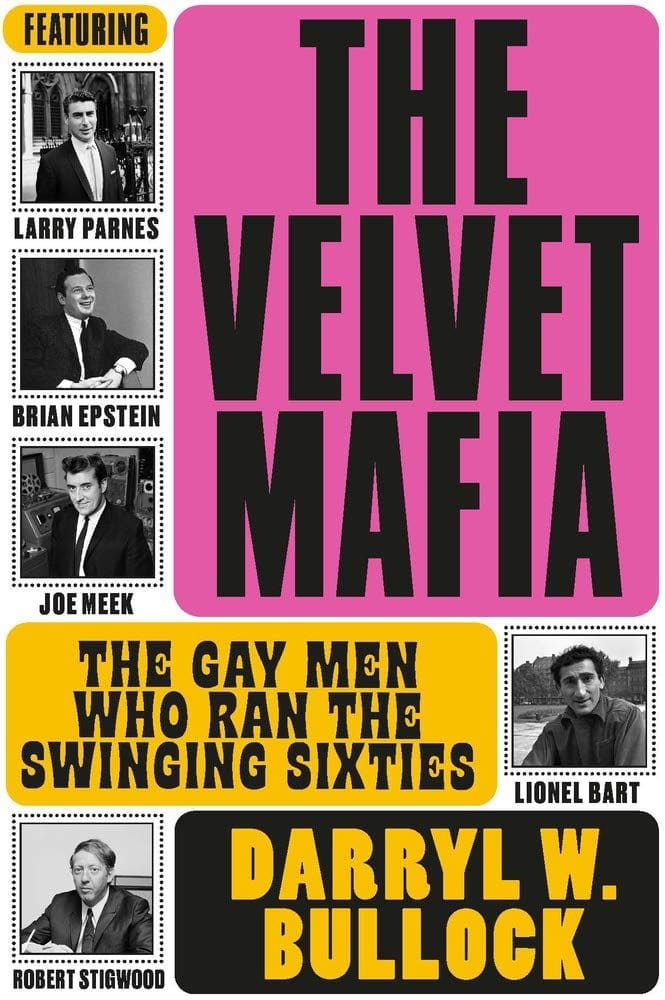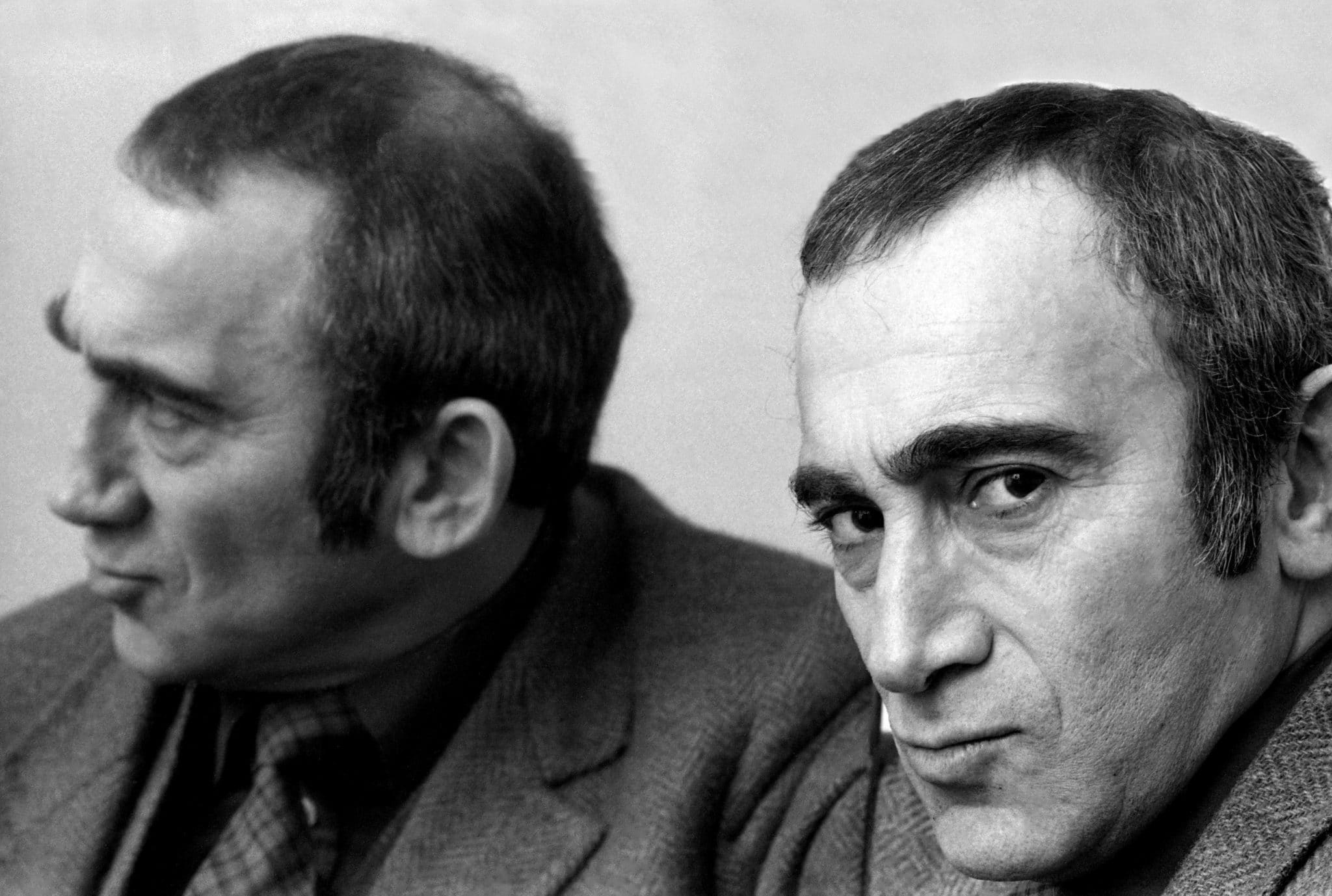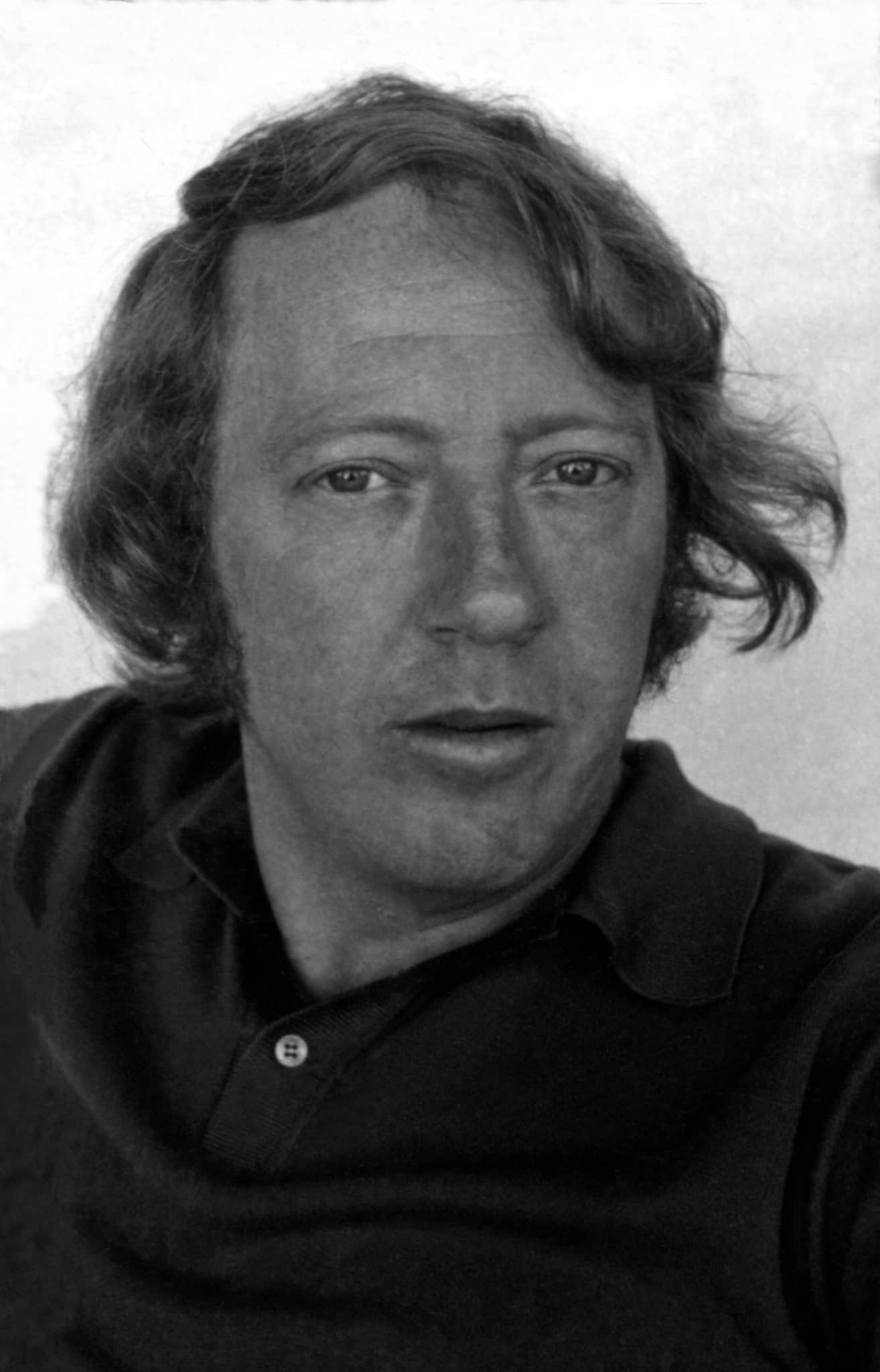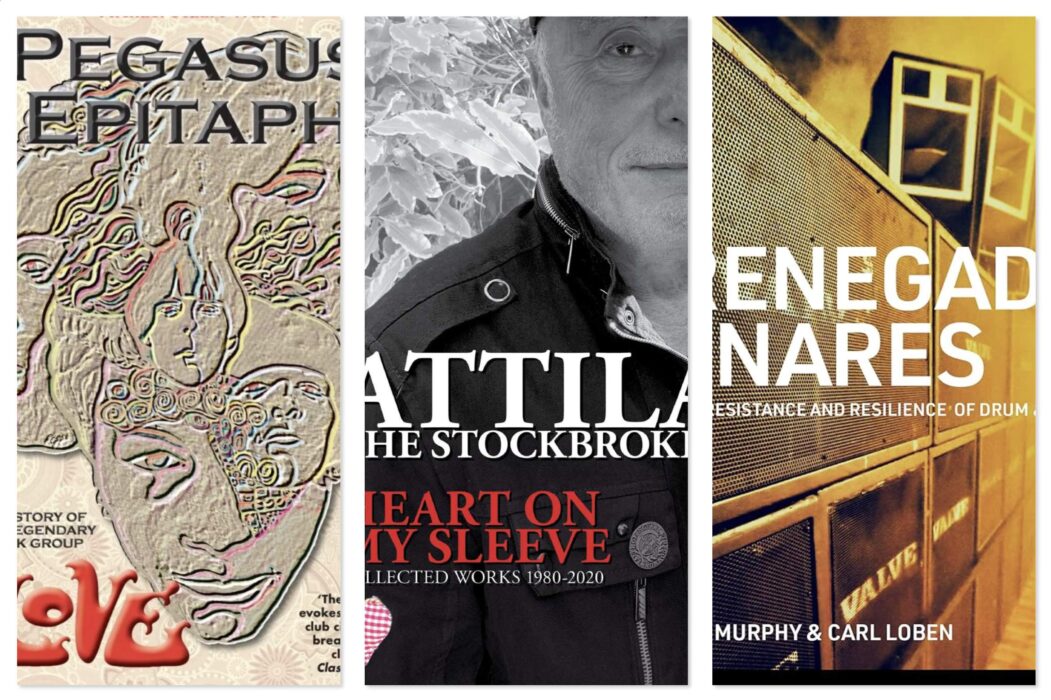The Article
THE VELVET “MAFIA” OF THE 60s
13th August 2021

Subtitle: The Gay Men Who Ran The Swinging Sixties
Author: Darryl W. Bullock
Pages: 348
Despite the rather alarmist and over-the-top book title, this is an intriguing book and a new take on the influential music movers and shakers of the 50s and 60 that I’ve never seen before. At least in this format. Bullock has reportedly undertaken a range of new interviews and investigated contemporary reports to take a closer look at a range of important and talented creators, who happened to be gay.
So who are we looking at exactly? Iconic figures such as Brian Epstein, Larry Parnes, Joe Meek, Robert Stigwood and the outsider of the bunch, at least in terms of where he primarily plied his trade, Lionel Bart. There are many others included here, though.
Bullock wanted to show how this group of men supported each other during this time, a time when being gay was indeed dangerous. Society in general didn’t just look down on gay men, they were actively hostile. That included high-ranking politicians and policemen of the time. Prison was a very real possibility, if a gay man was forcibly ‘outed’.

I don’t normally feature author quotes in these book reviews but Bullock’s thoughts were interesting, “I’d heard rumours about how everyone worked together and I talked to musicians who told me about their experiences with gay men. But until I began looking into the lives of people like Larry Parnes and Beatles’ lawyer David Jacobs I hadn’t realised the extent of the support and encouragement they offered each other.” Neither had I.
Apparently, some of the included first-hand recollections have never been committed to paper before. They included songwriter Alan Blaikely who penned numerous No.1 hits such as Have I The Right?, song-writer Ken Howard, singers Mike Berry and Norman Scott, Muriel Walker who was Larry Parnes PA and more.
Although the focus of the book is this gay fraternity, the issue of sexuality is not the only subject under discussion. There’s much general music-based history here to savour. For example, one of the featured gay figures Joseph Lockwood (officially described as a “bachelor who draws refreshment from solitude”) got to grips with a failing EMI in the early 50s, turning the company around and making it a profit-making outfit. He liked to involve himself in the creative process and would always look at homosexual artists with sympathy and give them a fair break. He could be tough, though.

He never forgave George Martin for not signing Tommy Steele. In Christmas of 1956, Martin was the only A&R man not to receive a bonus. Martin never forgot that, later encouraging Brian Epstein to sign The Beatles’ rights to Dick James rather than EMI’s in-house team. This move ultimately proved disastrous to Lennon & McCartney.
While Lockwood adopted a benevolent attitude towards gay artists on his EMI label and Columbia imprint, author Bullock suggests that music manager, Larry Parnes’ sexuality sometimes got in the way. Apparently his eye was taken by two young men. The first, the Latvian-born film-maker Viktors Ritelis who Parnes first saw with accompanying Tommy Steel on tour in Australia and a Steele backing dancer, a Canadian.

Subsequently, Parnes failed to organise the recording of a Lionel Bart-penned song with Steele because of this. While the studio guys waited around and twiddled their thumbs, Steele was left rehearsing a pantomime in Liverpool instead of recording a possible, “massive Christmas hit”.
The personalities intertwine in and around the story so you have a continuous narrative in which big names come and go like the tide, keeping the reader’s attention. Also, the span of the stories told here is wide indeed, touching on everyone from Judy Garland to The Kray Twins.
There is indeed much to learn from this book.


